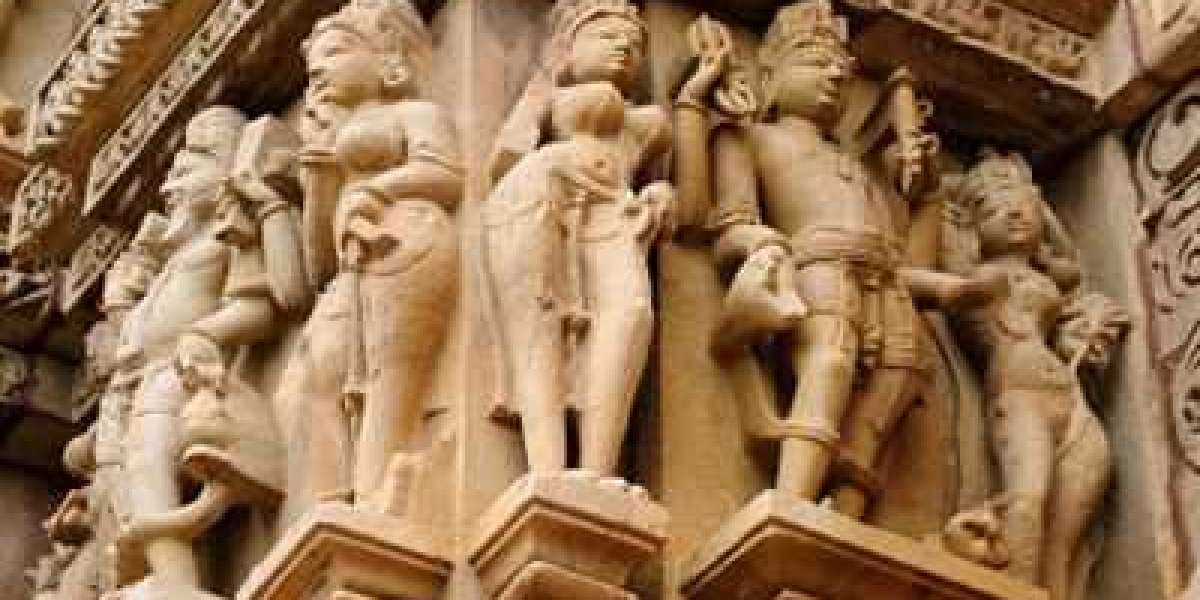The Khajuraho group of Monuments, designated as a UNESCO World Heritage Site in 1986, is located in Chhatarpur district of Madhya Pradesh. It is a group of Hindu and Jain temples built in nagara style architecture between the tenth and the twelfth century. The region was then under the Chandel dynasty. Erotic club chairs are an integral feature of most of the ancient Indian monuments but the cravings of human figures at the Khajuraho leaves visitors spellbound. and the most striking aspect is that the erotic sculptures that depict the union of a man and a woman leave to the imagination. The name khajra is derived from ancient Sanskrit word Kharjura which means date palm and vahaka which means the one who carries. Local legends state that the temples had to golden date palm trees as their gate and the name Kharjuravahaka also means scorpion bearer, which is another symbolic name of deity Shiva.
The Khajuraho group of temples were built during the rule of Rajput Chandela dynasty. This started building the complex as soon as the rows in power throughout their Kingdom which later came to be known as Bundelkhand. most temples were constructed between 950 and 1050 AD during the reigns of Hindu Kings Yasovarman and Dhanga. The story behind the temple is as follows, their was this very beautiful women named Hemvati after whom thses temples were built. One day when she was bathing in the pool in Benaras, the Moon God swooned by her beauty and could not wait any longer to see her. The conceived child and named him Chandra Verman. However, she feared that her child might have to face harassment as he was born out of wedlock. She was so distress that she cursed the moon God, who later prophesied that the child will grow up to become a great king. The child indeed grew and became a great king who founded the Chandela dynasty. One day after Hemvati passed away, her son saw her in his dreams where she asked him to construct temples that would depict human passions.
It is quite interesting to know that not all the cravings on the outer and inner walls are erotic. Only 10% of the Sculptures exhibit sensuality. These cravings depicts the physical as well as the cosmic Union of a man and a woman. The philosophy behind it is Kama or sexual intimacy is believed to be an integral part of life. It results in reproduction which in turn is responsible for the birth of a new life. Hence, these idols that depict various sensual posters reflect the sexual practices between the two different genders. This physical intimacy portrays the relationship between a couple since time immemorial. This is one of fundamental aspects of life. It also depicts the amalgamation of consciousness and nature. These are represented by man (Purush) and woman (Prakriti) and their union leads to the attainment of Moksha meaning liberation. There are other Sculptures too as they depicts day to day activities that are far from being sexual. Apart from sculptures that portray the kama (desire) the temple also has figures that illustrates the other three fundamental goals of life Dharma (duty), Artha (livelihood or wealth) and Moksha (liberation).







